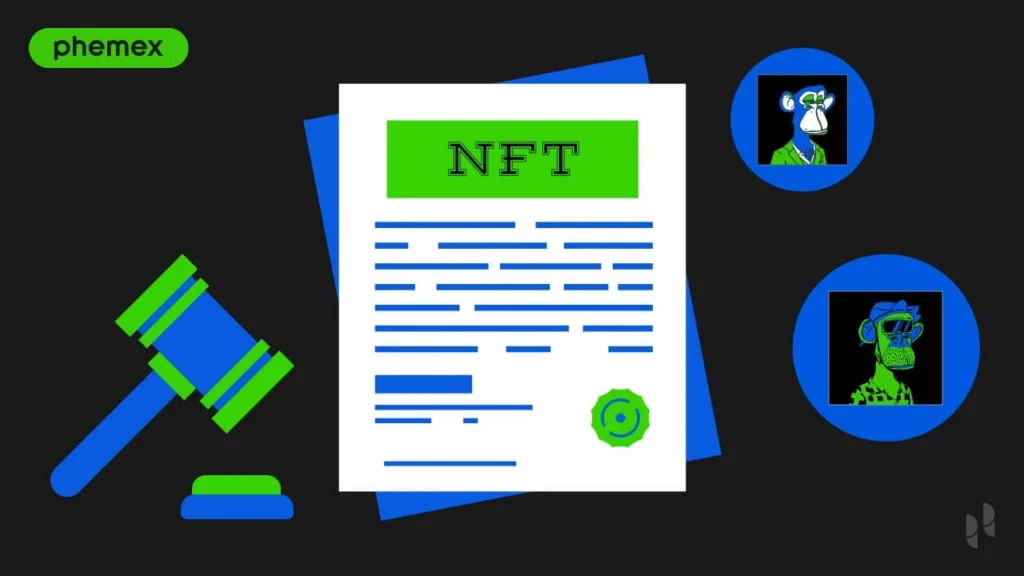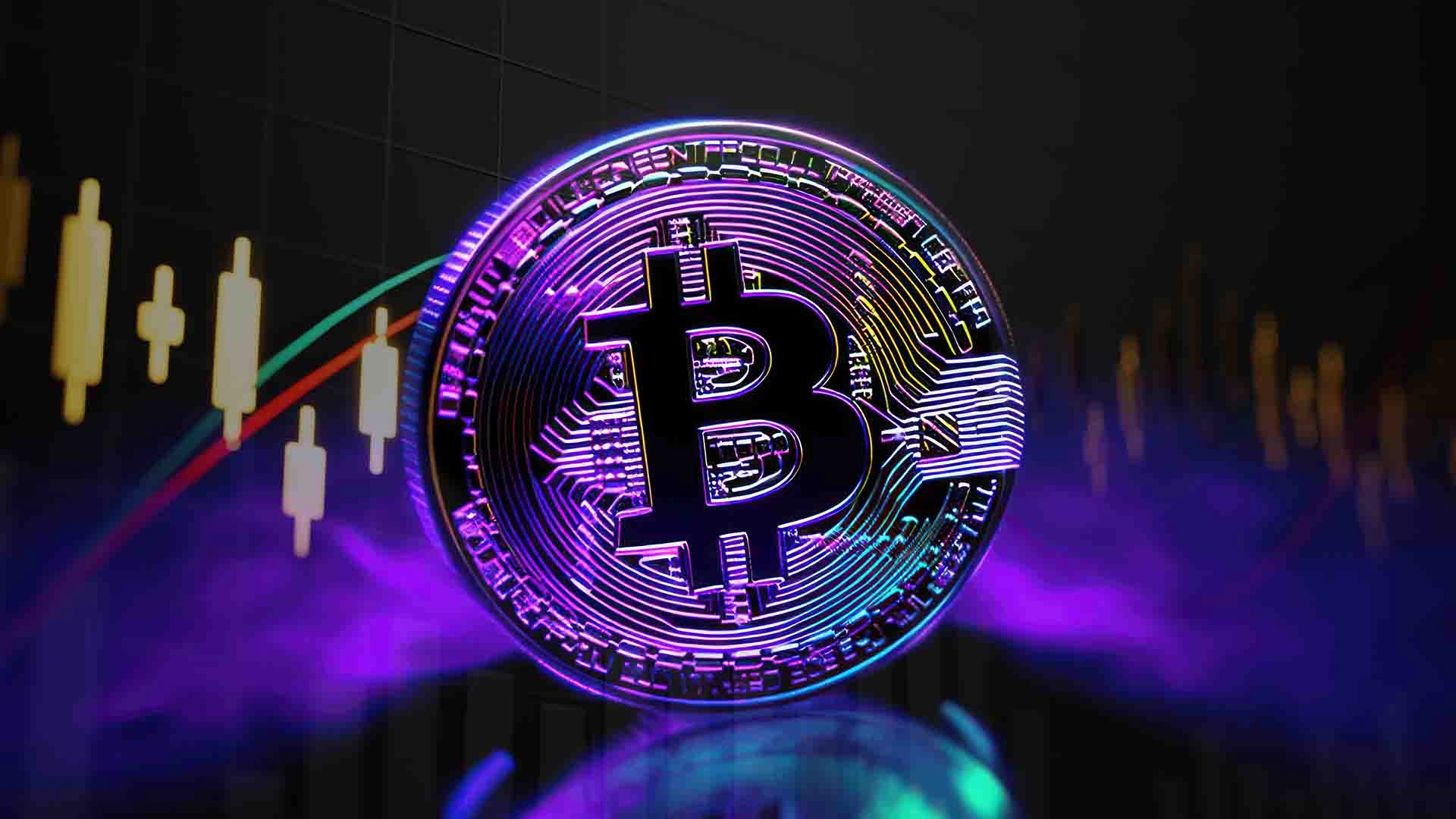So… What Is Whitelist, Really?
You’ve probably heard the term floating around—whitelist this, get on the whitelist, join the whitelist. It pops up in everything from email marketing to crypto projects. But what is whitelist, exactly?
In short, a whitelist is a list of approved or trusted users, addresses, or entities that are given special access, permissions, or early access to something. Think of it as the VIP guest list at a club. If you’re on it, the bouncer lets you through the velvet rope. If not? Sorry—better luck next time.
But hey, let’s dig a little deeper, because the meaning of whitelist can shift depending on the context.
The Different Flavors of a Whitelist
Yep, there’s more than one kind of whitelist—and where you hear it makes a big difference.
In cybersecurity, a whitelist includes trusted email addresses or software apps that are allowed to run or get through a firewall. This helps filter out spam, malware, and other nasties.
In crypto and NFT spaces? Whitelists usually grant early access to a token or mint event. Getting whitelisted here often means you get to buy at a discount—or before everyone else shows up and crashes the server.
And then there’s email marketing. If a sender is whitelisted, it means the email provider trusts them enough to let their emails skip the spam folder. Kind of a big deal if you run a newsletter.


Why Should You Care About Getting Whitelisted?
Let’s be honest—it’s not just about bragging rights (though, yeah, that’s part of it). Being on a whitelist can save you time, give you perks, or open doors that stay locked for most folks.
Take NFTs: early whitelist access can sometimes mean the difference between scoring a hot drop at mint price… or paying 10x more on the resale market. In cybersecurity, it’s all about keeping the bad stuff out while making sure your essential tools keep running.
So, depending on where you’re operating—tech, marketing, finance—being on the whitelist might just be the edge you need.


How To Get on a Whitelist
Here’s where it gets a little tricky. There’s no one-size-fits-all playbook—but there are a few patterns.
1. Engage early and often
Especially in crypto or community-driven projects, being active early on gets you noticed. Join Discords, contribute value, be part of the convo. It sounds simple, but you’d be surprised how many people just lurk and expect a golden ticket.
2. Follow instructions
Some whitelists come with application processes. Fill out the form, complete the tasks, or meet certain requirements. Could be retweeting a project, completing a quiz, or owning a specific NFT or token.
3. Build trust
If you’re looking to get whitelisted in email marketing or software environments, it’s about proving you’re not spammy. That means solid sender reputation, clean code, or verified credentials.
4. Know your space
What works in one industry doesn’t always work in another. Getting whitelisted on a secure server is very different from getting whitelisted for a Web3 project. So research before you rush in.

Risks and Real Talk
Here’s the thing—whitelists aren’t always perfect. Some say they create artificial scarcity, especially in NFT projects. Others argue they can be manipulated or too exclusive.
And sometimes? They just don’t work the way they should. You might follow every step, jump through all the hoops, and still miss out. It happens.
But even with the flaws, whitelisting remains a big part of how trust, access, and security work online. It’s not going away anytime soon.

Final Thoughts: What Is Whitelist and Should You Bother?
So—what is whitelist? It’s essentially a gatekeeping tool, for better or worse. Whether it’s giving you early access, keeping your inbox clean, or letting your app run smoothly, it’s all about permission and trust.
Should you care? If you’re navigating any digital space—yes, probably. Because in a world full of filters, gates, and noise, being on the right list still matters.
And hey, even if it doesn’t guarantee success, it sure beats sitting on the outside looking in.
Relevant news: What Is Whitelist? Pros, Cons, and Why It Matters Now











